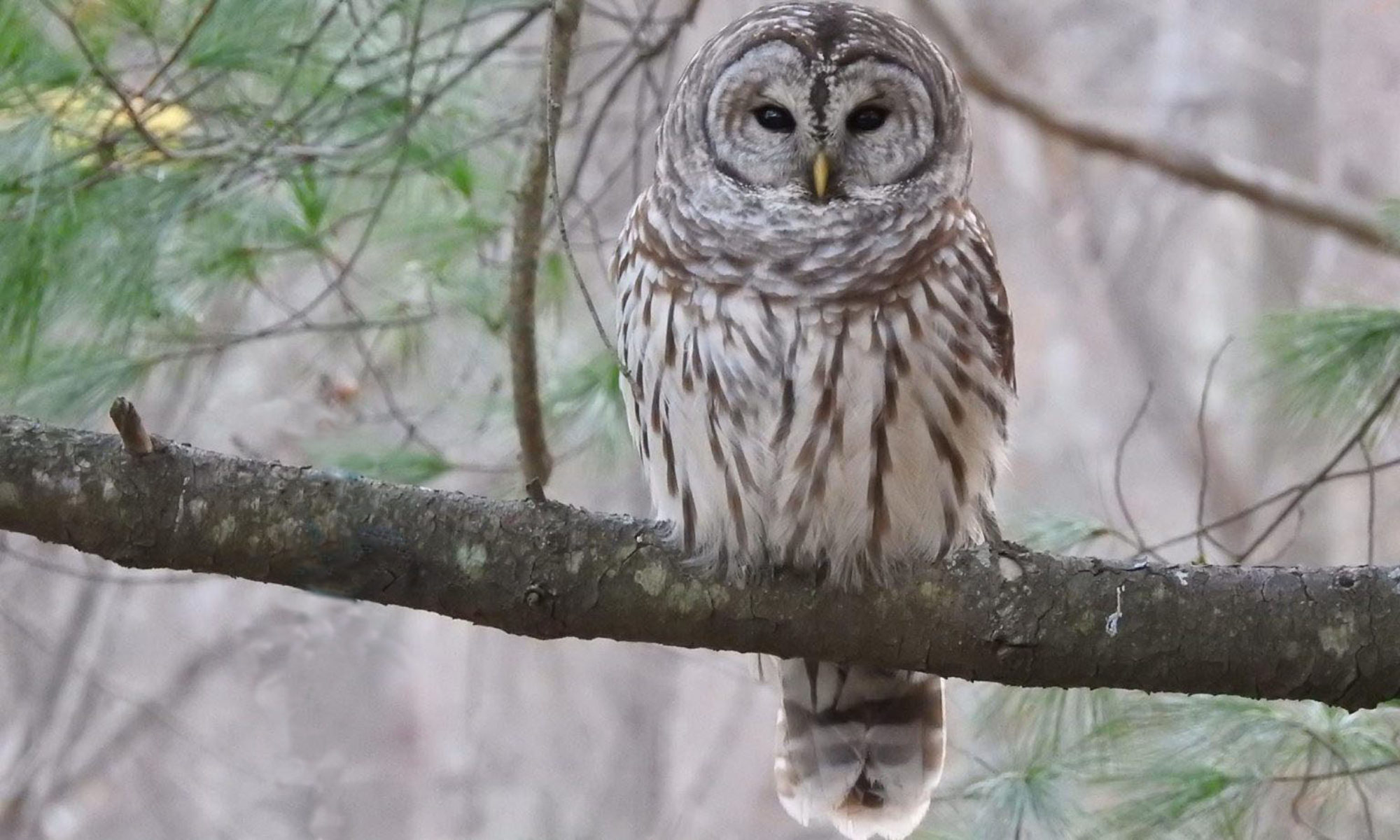
The irreverent bird blogger Felonious Jive both lovingly and pejoratively calls it “geri birding,” but you can’t beat it when the weather gets hot and muggy. The slower-paced, more sedentary approach to birding may not just be more comfortable, it can be essential for many PD sufferers who find hot weather exacerbates their symptoms. I personally am not sure how much my bias toward a more leisurely pace of birding is caused by this PD-specific reaction, or how much it is just due to my longstanding aversion to heat, humidity, and mosquitos, but it’s a useful excuse regardless to spend more time birding from a cushy, cool nook indoors. And it’s not just for the hot days of summer–geri birding is great year-round, so fill those feeders, train your scope and bins on them, get comfy, and let the birds come to you.
Feeling a bit too reserved? PD birders who want to go to the next level can join me in this fall’s Big Sit, October 9 and 10, 2021. The event is perhaps the pinnacle of geri birding, as individuals or teams count as many birds as they can from within the confines of a 17-foot-diameter circle. (Think of it as a nanoscale CBC.) Sure, some ambitious birders choose exceptionally birdy locations for their big sits, and the event’s organizers “encourage new circles to be located in national, state, or local wildlife refuges, land trusts, forests, parks, or other such areas,” but I embrace the carbon-friendly, lawnchair-forward, sedentary nature of the backyard Big Sit. Plus, since October 9 is also October Global Big Day, you get a twofer on your list!

